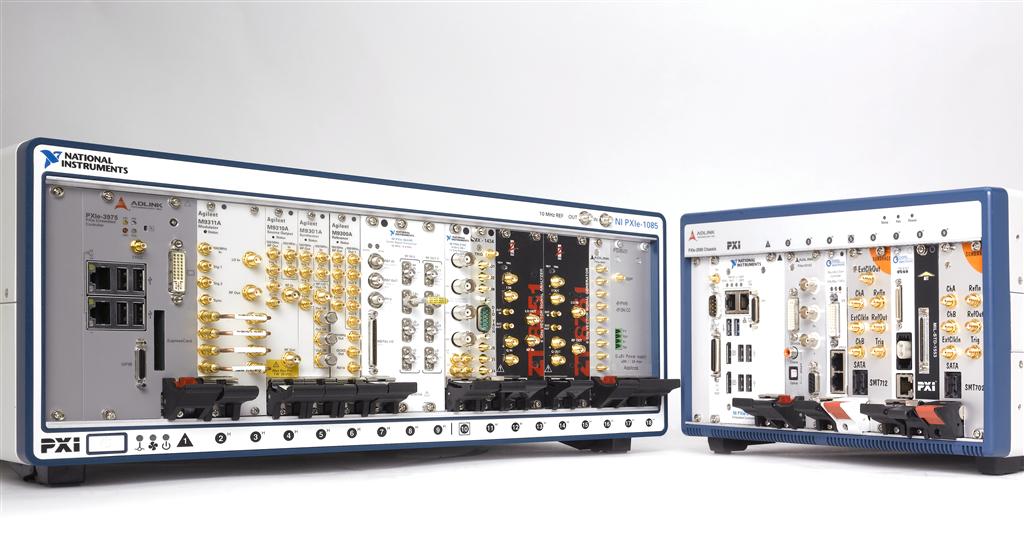Description
The National Instruments MCX-SMA Coaxial Cable is a specialized cable designed to meet the needs of RF communication systems with a 50-ohm impedance requirement. Manufactured by National Instruments, this cable stands out for its robust connectivity options, featuring a 1-Pin, Male SMA Back End and a 1-Pin, Male MCX Front End, ensuring compatibility with a wide range of National Instruments RF devices.
Offered in two distinct lengths to cater to different setup configurations, the cable comes in a 1-meter version with the part number 188377-01, and a more compact 0.3-meter version identified by the part number 188377-0R3. This diversity in length options allows for flexibility and precision in system design, minimizing potential signal loss that can occur with cables that are unnecessarily long for a given application.
The importance of using a cable with the correct specifications cannot be overstated, as it directly impacts the performance and reliability of the entire RF system. Therefore, the MCX-SMA Coaxial Cable by National Instruments presents itself as an essential component for professionals seeking to maintain signal integrity in their RF communications.
| Specification | Detail |
|---|---|
| Manufacturer | National Instruments |
| Product Name | MCX-SMA Coaxial Cable |
| Impedance | 50 ohm |
| Part Numbers | 1-meter version: 188377-01 0.3-meter version: 188377-0R3 |
| Connections | 1-Pin, Male SMA Back End 1-Pin, Male MCX Front End |
| Compatible Devices | National Instruments RF devices |
Q1: What are the specific features and benefits of the National Instruments MCX-SMA Coaxial Cable for RF communication systems, including the available lengths and part numbers?
A1: The two available lengths of the National Instruments MCX-SMA Coaxial Cable are 1 meter with the part number 188377-01, and 0.3 meters with the part number 188377-0R3.
Q2: What are the two available lengths of the National Instruments MCX-SMA Coaxial Cable, and what are their respective part numbers?
A2: The National Instruments MCX-SMA Coaxial Cable is available in two lengths: a 1-meter version with the part number 188377-01, and a 0.3-meter version with the part number 188377-0R3.
Q3: What are the specific advantages of using the National Instruments MCX-SMA Coaxial Cable in RF communication systems with 50-ohm impedance requirements, and how do the two available lengths cater to different system setups?
A3: Using a cable with the correct specifications, such as the National Instruments MCX-SMA Coaxial Cable, is important for RF communications because it ensures the system maintains signal integrity, meets the required 50-ohm impedance, and provides robust connectivity options with compatible devices, which collectively enhances the performance and reliability of the entire RF system.
Q4: What lengths are available for the National Instruments MCX-SMA Coaxial Cable, and what are their respective part numbers?
A4: The National Instruments MCX-SMA Coaxial Cable is tailored for RF communication systems requiring a 50-ohm impedance, featuring robust connectivity with a 1-Pin, Male SMA Back End and a 1-Pin, Male MCX Front End for compatibility with various RF devices from National Instruments; it is available in two lengths—1 meter (part number 188377-01) and 0.3 meters (part number 188377-0R3)—to provide flexibility
Q5: Considering the impact on performance and reliability in RF communications, why is it important to use a cable with the correct specifications, such as the National Instruments MCX-SMA Coaxial Cable?
A5: The National Instruments MCX-SMA Coaxial Cable offers specific advantages in RF communication systems with 50-ohm impedance requirements by ensuring robust connectivity with its Male SMA and Male MCX connectors, suitable for a wide range of National Instruments RF devices, while the two available lengths of 1 meter and 0.3 meters cater to different system setups by providing flexibility in design and minimizing potential signal loss that could occur with cables that are too long for the intended application.



